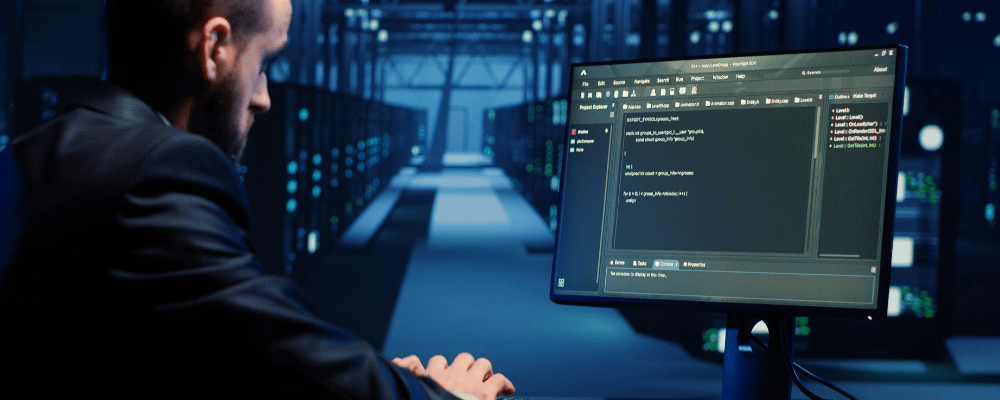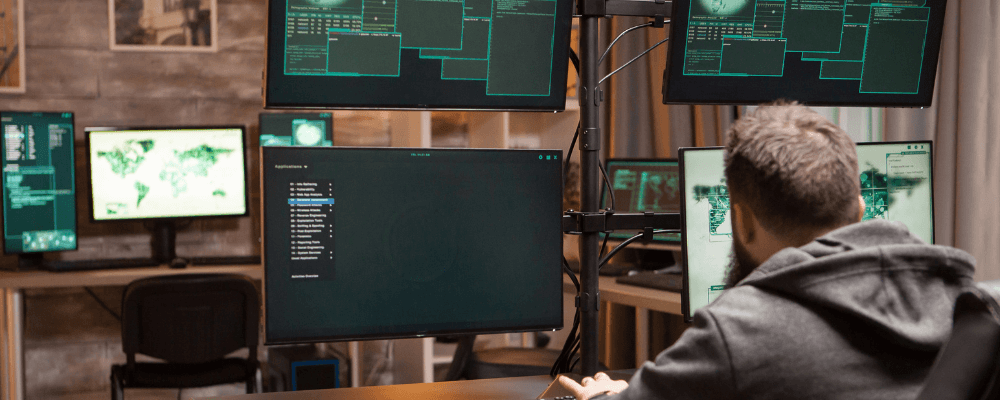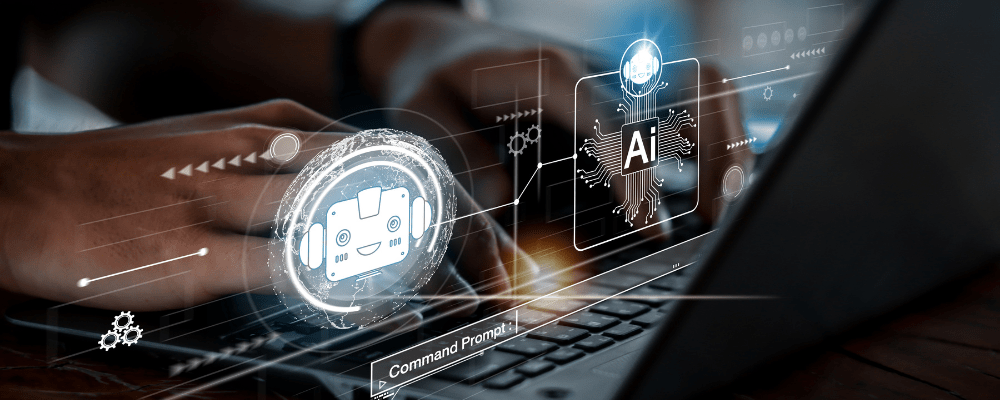In the dynamic landscape of Cybersecurity, safeguarding sensitive information has become paramount. Aftech Services emerges as a stalwart, offering unparalleled cybersecurity services tailored to the modern tech ecosystem.
Defining Cybersecurity Services
Safeguarding your digital infrastructure is necessary and strategic in a rapidly evolving digital landscape. At Aftech, our Cybersecurity Servicestranscends conventional approaches and offers a comprehensive defense mechanism against the relentless tide of cyber threats. From age-old network defense methodologies to cutting-edge cloud security measures, our solutions stand as a testament to the unwavering commitment to fortify your digital realm.
Navigating the Digital Battlefield
In the intricate tapestry of the digital realm, the term ‘battlefield’ encapsulates the dynamic and ever-changing nature of cyber threats. Aftech’s Cybersecurity Services navigates this battlefield with precision and efficacy, ensuring your organization is resilient against potential adversaries. Within this digital arena, we deploy specialized defenses, each dedicated to fortifying specific facets of your digital ecosystem.
Network and Data Security
Aftech’s arsenal is akin to a sophisticated Network and data security fortress. Our suite of tools and protocols extends beyond conventional measures, incorporating advanced threat detection mechanisms and encryption protocols. This robust combination is an impregnable barrier, thwarting unauthorized access attempts and safeguarding against potential data breaches.
Cloud Security
The paradigm shift towards ubiquitous cloud computing demands a tailored approach to security. Aftech’s Cloud Security protocols are meticulously designed to address the unique challenges posed by the cloud environment. Leveraging state-of-the-art encryption and access control measures, our solutions ensure the integrity and confidentiality of your data, whether it resides in transit or at rest within the cloud.
Endpoint Security
In recognizing the paramount importance of securing every digital endpoint, Aftech’s Endpoint Security solutions are a pinnacle of technological sophistication. Harnessing the power of artificial intelligence, our threat detection and response systems transform every device within your network into an impervious stronghold against potential breaches. This proactive defense mechanism identifies and neutralizes threats and adapts to the evolving threat landscape in real-time.
In conclusion, Aftech’s approach to Cybersecurity Services is synonymous with proactive defense, adaptability, and unwavering protection. Our commitment to fortifying every layer of your digital infrastructure, from traditional networks to cloud environments and individual endpoints, ensures that your organization remains resilient in the face of ever-evolving cyber threats. Embrace Aftech’s Cybersecurity Solutions – where innovation meets security, and your digital assets find unparalleled protection.














